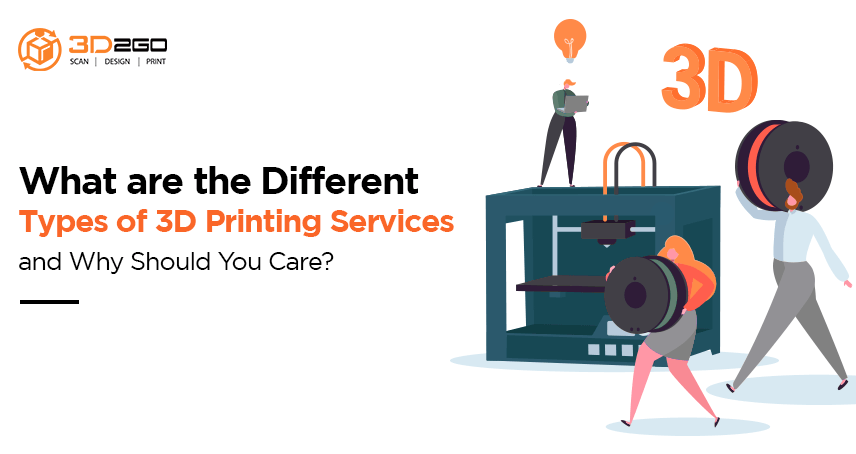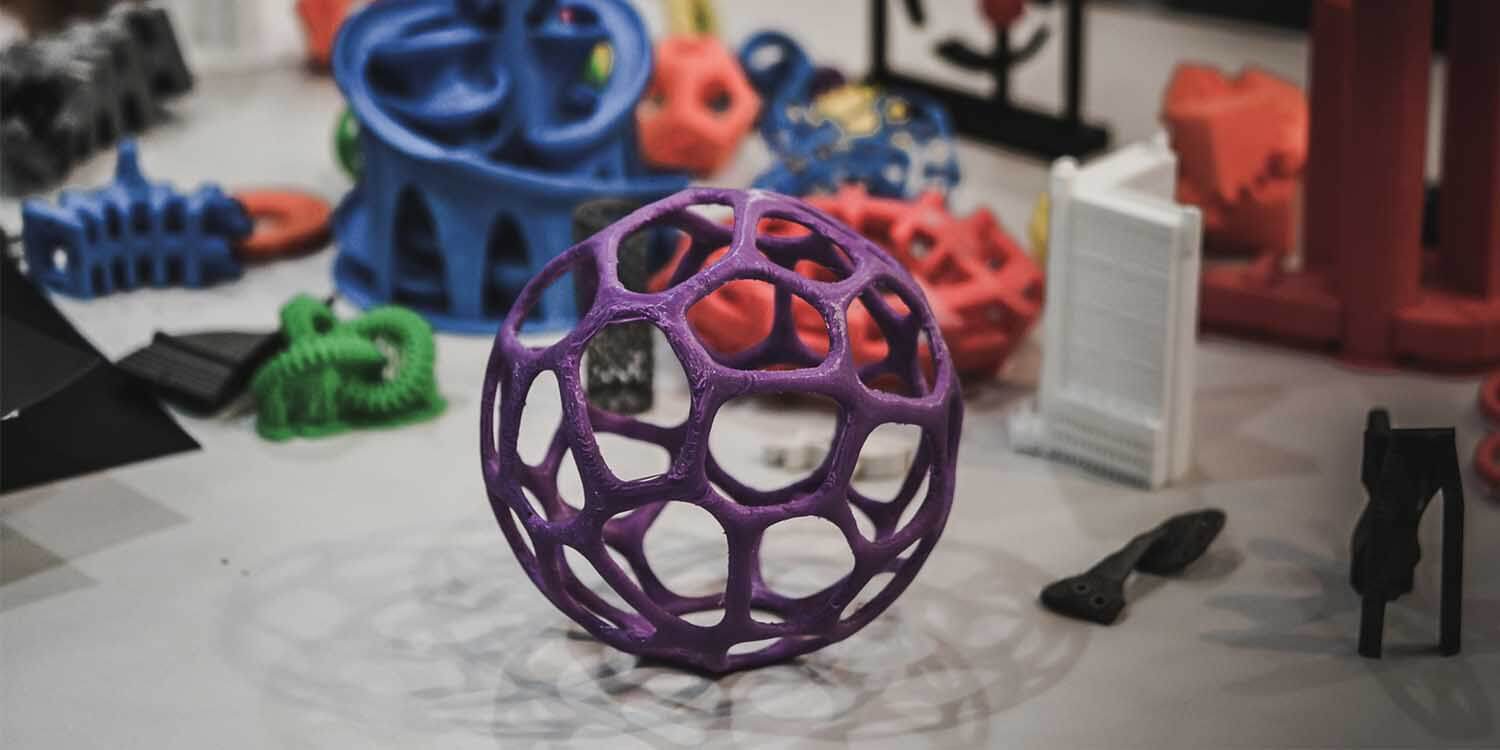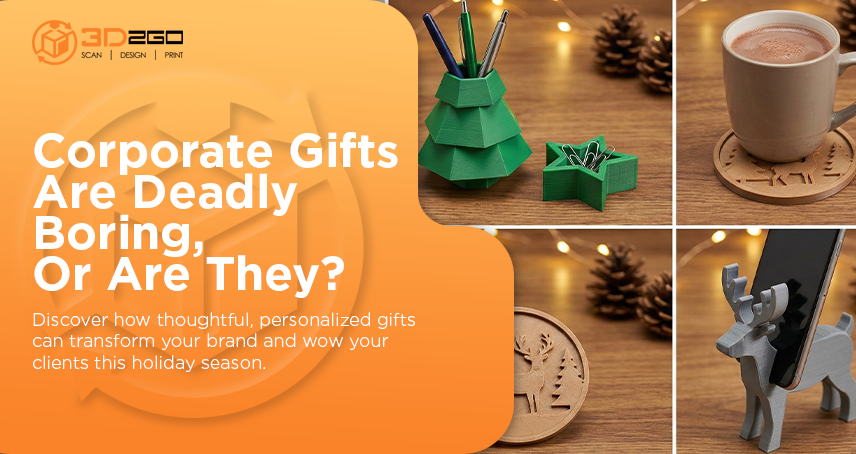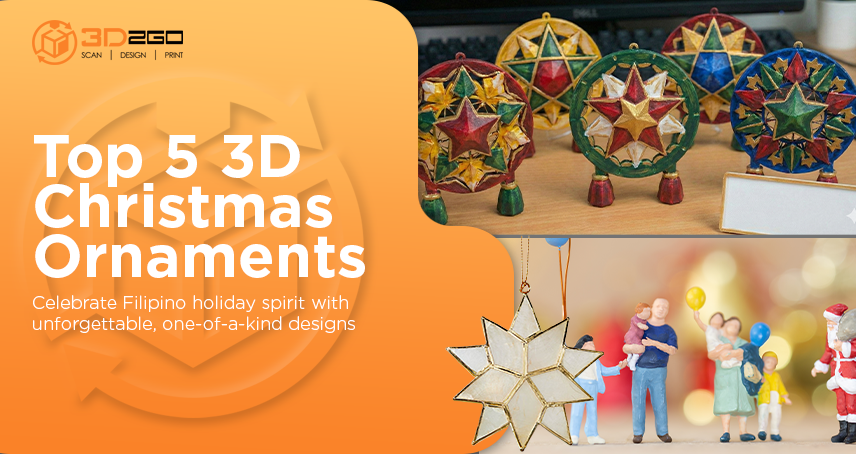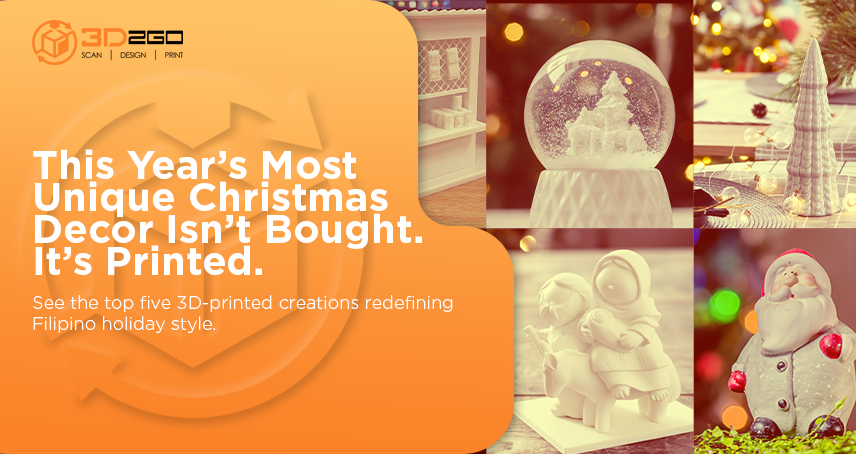
3 Practices To Maintain 3D Printed Products Like They Are Brand New
June 5, 2022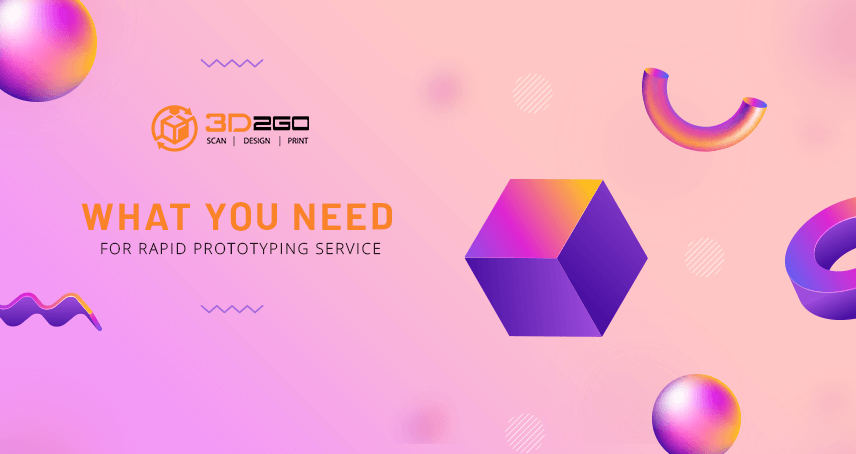
What You Need For Rapid Protyping Service
June 6, 2022There are a lot of things you ought to know about 3D printing services, but why should you care about the different types of it?
3D printing services, often known as additive manufacturing, is a method of creating three-dimensional solid things from a digital file.
The production of a 3D printed item is accomplished via the use of additive techniques. An item is formed in an additive method by laying down successive layers of material until the product is complete. Each of these levels is a finely cut cross-section of the item.
3D printing allows you to create complicated shapes with less material than traditional production processes. But did you know besides the different 3d printing price and build, there are many types of it?
Different types of 3D printing
The phrase 3D printing refers to a group of industrial methods that construct parts layer by layer. Each method of forming plastic and metal components differs, as do material choices, surface quality, durability, production speed and cost.
There are several types of 3D printing, which include:
- Stereolithography (SLA)
- Selective Laser Sintering (SLS)
- Fused Deposition Modeling (FDM)
- Digital Light Process (DLP)
- Multi Jet Fusion (MJF)
- PolyJet
- Direct Metal Laser Sintering (DMLS)
- Electron Beam Melting (EBM)
Choosing the best 3D services method for your project necessitates an awareness of each process’s strengths and limitations, as well as matching those characteristics to your product development requirements.
So let us break this down further.
Stereolithography (SLA)
This is one of the most affordable 3D prototyping techniques available for 3D printing.
Stereolithography 3D printing uses a photosensitive liquid bath. This liquid provides a layer-by-layer additive printing using UV light through the computer. It is famous because of its high-quality 3D prints.
On top of that, it gives an accurate and isotropic prototype product. Isotropy is important as it ensures the durability of the prototype product.
The strength of the 3D printed product depends on the volume of materials added. If the design of the model requires few materials then the resilience is also limited.
Selective Laser Sintering (SLS)
Selective laser sintering is an additive manufacturing (AM) method that sinters tiny particles of polymer powder into a solid structure based on a 3D model using a high power laser.
For decades, SLS 3D printing has been a popular choice among engineers and manufacturers. The technology’s low cost per component, high productivity, and proven durability make it appropriate for a variety of applications.
Recent improvements in technology, materials, and software have made SLS printing more accessible to a broader variety of enterprises, allowing an increasing number of firms to employ these technologies that were previously confined to a few high-tech sectors.
Fused Deposition Modeling (FDM)
When we talk about 3D printing technologies, we usually refer to FDM printing.
It is the most well-known and widely used form of 3D printing. The technology is low-cost, user-friendly, and dependable.
It enables the creation of layers that connect to build a 3D representation. The layers are linked together by fused wires.
Digital Light Process (DLP)
Here is how DLP works.
After sending the 3D model to the printer, a vat of liquid polymer is exposed to light from a DLP projector under safelight settings. The picture of the 3D model is projected onto the liquid polymer using the DLP projector.
The exposed liquid polymer solidifies, and the build plate slides down, exposing the liquid polymer to light once more. The procedure continues until the 3D model is finished and the liquid in the vat is drained, revealing the hardened model.
DLP 3D printing is quicker and can produce higher-resolution items.
Multi Jet Fusion (MJF)
Multi Jet Fusion uses an inkjet array to selectively apply fusing and detailing chemicals across a bed of nylon powder, which is subsequently fused into a solid layer by heating elements.
After each layer, powder is applied to the bed, and the procedure is repeated until the portion is finished.
When the construction is finished, the entire powder bed with the encapsulated components is transported to a processing station where an integrated vacuum removes the bulk of the loose powder.
Parts are then bead blasted to eliminate any leftover residual powder before being colored black to improve aesthetic appeal in the finishing section.
PolyJet
PolyJet is an advanced 3D printing technique that creates smooth, precise components, prototypes, and tooling. It can build thin walls and complicated geometries utilizing the largest range of materials accessible with any technique, with microscopic layer resolution and precision down to 0.014 mm.
PolyJet Advantages:
- Create smooth, detailed prototypes that represent the beauty of the final product.
- Make precise molds, jigs, fixtures, and other production equipment.
- Create fine details, complicated forms, and delicate characteristics.
- Unrivaled efficiency, combine the greatest range of colors and materials into a single model.
Direct Metal Laser Sintering (DMLS)
Direct metal laser sintering (DMLS) is a kind of 3D printing that uses metal additives. It is utilized for quick prototyping as well as large manufacturing of metal components.
The process is very similar to selective laser melting (SLM), however the powder is only sintered (not melted) together on a molecular level. This produces components that are less porous than those produced by the melting technique.
The benefit of this is that alloys including components with various melting points may be easily printed from. Metal and plastic materials can even be combined.
Electron Beam Melting (EBM)
Electron Beam Melting (EBM) is a 3D manufacturing technique that involves melting a powdered metal with a high-energy electron beam.
An electron beam is a stream of electrons directed by a magnetic field that melts layer upon layer of powdered metal to form an item that matches the precise requirements given by a CAD model. To prevent oxidation, which might jeopardize highly reactive materials, production is conducted in a vacuum chamber.
Electron Beam Melting (EBM) is similar to Selective Laser Melting (SLM) in that both print from powder in the 3D printer’s powder bed, but EBM employs an electron beam rather than a laser.
Why does it matter to know this?
Selecting the right 3D printing services printer for your application requires an understanding of each process’ strengths and weaknesses and mapping those attributes to your product development needs.
Many 3D printers use various substances that support complex geometries. Support materials are as essential to the 3D printing process as the actual base materials. Without support during the build there would not be a successful outcome.
These materials offer a better solution than the old physical support structures of the past. Once printing is complete, the user simply removes any support substance from the finished part.
3D printers and print technologies are always evolving. As time goes on, prices will continue to decline as gadgets and processes improve.
If you read this article from beginning to end, you should now have a solid fundamental grasp of the various 3D printers and how they function.
You’ll also be familiar with the various materials printers utilize and the businesses they serve.
Looking for a 3D Printing Store Near You?
We are 3D2Go, the premier company for anything 3D in the Philippines. We have the technology and talents to assist you in creating a 3D model of various items.
We are the one-stop-shop of everything 3D such as 3D scanning, 3D modeling, 3D prototyping and more.
By allowing us to help you, you can assure an accurate and satisfying result of your project.
We sell 3D scanners and 3D printers if you want to do your own DIY project.
Reach us through our Facebook or leave us a message here.


